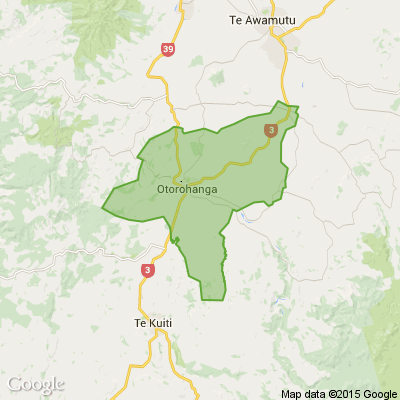Curtain & Blind Safety in Your Kids Bedroom
As a parent or parent-to-be, your number one focus will be the health and safety of your kids. In fact, it doesn’t matter whether they are 18 months or 18 years, we always have their best interests in mind – even if they don’t listen anymore!
However, the home environment can present many dangers to young children. Take curtains and blinds, for example. Although they look great in a room, there’s a risk that kids can hurt themselves if they play around with them.
As such, what are the measures that you can take to ensure that they are safe in your home? Let us explain.
Keep your windows child-safe: Keep babies’ cots well away from windows and ensure that all blind and curtain cords are out of reach. This may mean not placing furniture next to windows – toddlers love climbing!
Child safety devices: You could install a safety device that adds another level of protection. This allows cords to be tightly wound around a cleat and out of reach, alternatively you could opt for electronically operated blinds.
Reduce the hazard: It is important to be aware at all times of child safety around the home. An extra safety measure is the installation of a safety device that either removes the cord loop or limits access to cords. A tension device (either a chain tensioner or cleat) can be anchored to the wall or floor so that young children cannot play with cords or put them around their neck.
Selecting the right curtain fabric type: There is no doubt that kids love to pull and tug on items around your home. While you can tell them off as many times as you like, it might be a good idea to invest in stronger fabric type for curtains in a kid’s bedroom.
For example, sheers and voiles – while they look great in a baby’s nursery, these fabrics are too lightweight and prone to damage especially when your youngest becomes mobile and wants to practice their climbing skills! In a kid’s bedroom, you’ll want a strong fabric that can take the odd pull and is also easy to clean should they get dirty.
If you need help, give us a call on 0800 579 0501 and we can offer helpful advice. We can also provide safety devices to keep your blind cords out of reach.

Roadworks on SH1 between Hampton Downs and Rangiriri
From 7 to 18 December, there will be night-time closures on SH1 between Hampton Downs and Rangiriri (Sundays to Thursdays, 9pm to 5am) to carry out wire rope barrier maintenance. Please expect delays when travelling through this area.

Poll: Are our Kiwi summer holidays helping us recharge, or holding the economy back? ☀️🥝
There’s growing debate about whether New Zealand’s extended Christmas break (and the slowdown that comes with it) affects productivity.
Tracy Watkins has weighed in ... now it’s your turn. What’s your take? 🤔

-
73.1% We work hard, we deserve a break!
-
16.2% Hmm, maybe?
-
10.7% Yes!
Brain Teaser of the Day 🧠✨ Can You Solve It? 🤔💬
How many balls of string does it take to reach the moon?
(Peter from Carterton kindly provided this head-scratcher ... thanks, Peter!)
Do you think you know the answer? Simply 'Like' this post and we'll post the answer in the comments below at 2pm on the day!
Want to stop seeing these in your newsfeed? No worries! Simply head here and click once on the Following button.







 Loading…
Loading…


















